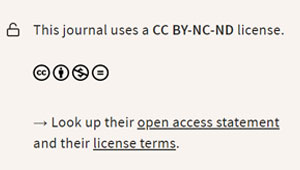Ludim Ceferino Tapullima Patow, Richard Ivan Orrego Puelles, Neyma Orrego Puelles, Aracely Villanueva Apagüeño
DOI: 10.59427/rcli/2023/v23cs.1257-1266
The present study was developed with the objective of analyzing the impact of virtual environments on foreign language learning in Latin America, the research was framed in a qualitative study under the method of systematic review where the main inclusion criteria were established as being less than 5 years old, published in indexed journals, among the exclusion criteria those that did not have access to the full article, those conducted outside the geographic space of Latin America and those that did not show the relationship between virtual environments and foreign language learning. It was concluded that the most investigated modalities of virtual environments were virtual reality technology (50%), mobile devices (27%), gamification (15%) and the mixed model (8%). Virtual reality stood out as the modality with the greatest cognitive and emotional impact; in the case of mobile devices, it turned out to be the most practical and adaptable to daily life routines; and in the mixed model between face-to-face and virtual, researchers claimed the need to provide answers to doubts and general notions of progress in relation to the achievements and particular needs of each student, which were identified as biases that still prevail in virtual environments. Finally, it could be affirmed that most of the studies would have obtained results with a much higher level of learning from virtual environments compared to traditional methods.
Pág 1257-1266, 27 Jul








